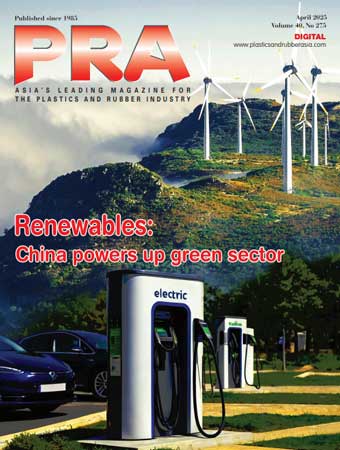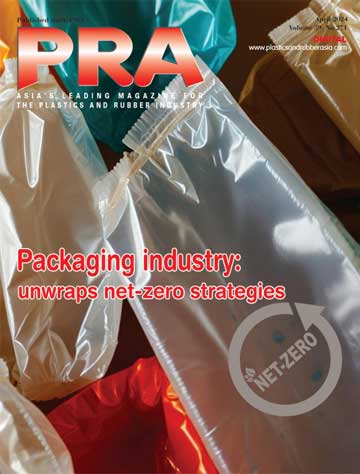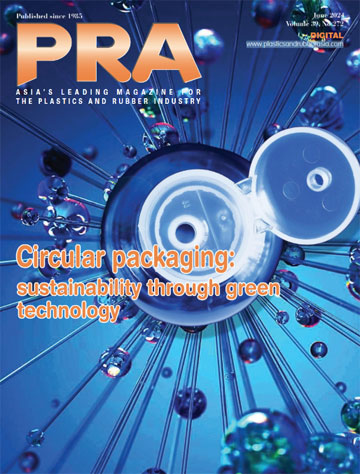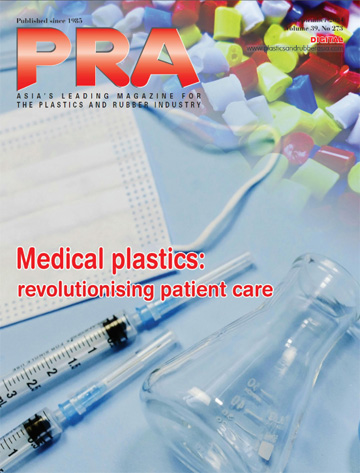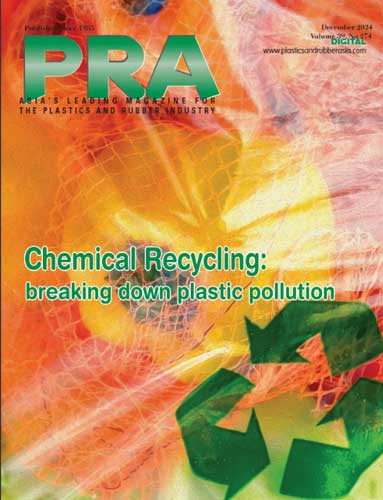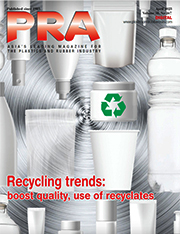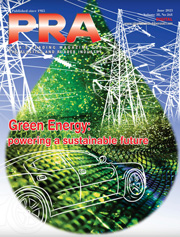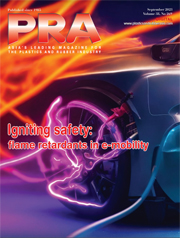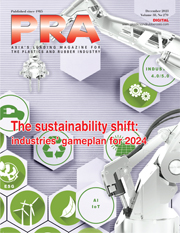Country focus: Taiwan’s rise in global industrial innovation
Taiwan is a polestar on the global innovation map with advanced materials and manufacturing solutions, says Angelica Buan in this article, based on interviews with key exhibitors from the June-held Plastics, Rubber & Composite Material Fair Taiwan (PMT) exhibition.
PMT: an arena for staging global competitiveness
At the recently concluded inaugural Plastics, Rubber & Composite Material Fair Taiwan (PMT), held from 4-6 June in Tainan, exhibitors showcased Taiwan’s technology prowess and its growing role in the global supply chain.
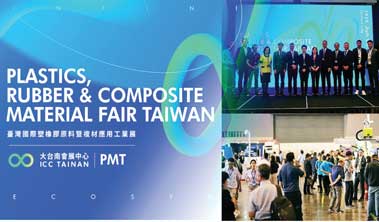
Organised by Venturap Conference & Exhibition Co and backed by the Bureau of Foreign Trade, PMT, which brought together 110 companies from seven countries, cast light on Taiwan’s supply chain capabilities: from raw materials and smart manufacturing to application-driven innovations.
Homegrown companies such as CSRC Group, Yong Shun Chemical Co Ltd, TENSO Machinery Ind Co Ltd, Sun Chiao Rubber Enterprise Co Ltd and PULROC (Rockey Composite Pultrusion Co Ltd) demonstrated Taiwan’s capabilities, reinforcing its position in the global materials and technology market.
Tenso: precision in action with robots
According to Business Market Insights, the global robotic injection moulding machinery market was valued at US$2 billion in 2024 and is projected to reach US$3 billion by 2033, growing at a CAGR of 2.6% from 2025 to 2033.

Against this backdrop, automation specialist Tenso turned heads at PMT with its display of robots. The company says it has spent 40 years advancing humanmachine integrated technologies and its robots are equipped with self-diagnosis features, designed to meet the company’s commitment to “zero defect” performance.
While primarily developed for retrieving finished products from machinery, Tenso robots can also manage more complex operations, including product sorting, insert moulding, and in-mould labelling, offering manufacturers increased flexibility in their automation processes.
To further improve operational efficiency, Tenso employs TTS, a proprietary rack and pinion transmission system that enhances motion accuracy and reliability, while integrating two other core technological features: TSPA, an all-aluminum, adaptable robot body and ETSS, an E-type safety structure.
Providing an insight into the operations, Ivan Chen, Marketing Manager at Tenso, shared that the company’s automation systems are compatible with machines ranging from 50-5,000 tonnes and are able to interface with global machine brands.
"For Japanese and other Asian market suppliers, we mostly supply robots for 50-1,500-tonne, or even 2,500-tonne injection machines. But Tenso can supply robots from 50- 5,000-tonne injection molding machines," he said.
He also noted, “European robot makers use the same rack and pinion technology because they too prioritise safety and reliability in production lines. But here in Asia, the focus is generally more on saving cost.”
While Tenso continues to concentrate on the Taiwanese and Japanese markets, it has made inroads internationally, especially in the US, and recently appointed a new agent in Germany. Additionally, the company has expanded its presence in Southeast Asia, including Thailand, Indonesia, Vietnam, Malaysia, as well as in India, serving a range of industries. In Australia, Tenso caters to the packaging sector, particularly for yoghurt and coffee cups.
Attuned to the global sustainability agenda, Tenso has also adopted the use of energy-saving servo systems to replace traditional cylinders.
As well, according to Chen, a new high-speed, high-efficiency robot system is also currently under development.
CSRC: carbon blacks for sustainability and conductivity
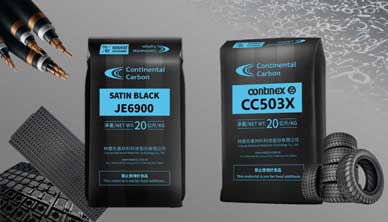
Established in mid-1973, Taipei-headquartered carbon black manufacturer CSRC operates under the brand name Continental Carbon and is the only carbon black manufacturer in Taiwan as well as the sixth largest in the world.
At PMT, CSRC showcased two products: Satin Black JE6900, a conductive carbon black known for its stable conductivity and dispersibility for the wire and cable industry; and Continex CC503X from the circular carbon series, which features sustainable material content and offers strong reinforcement and consistent quality.
In the past, Chinese manufacturers sourced conductive carbon blacks mainly from the US and Europe and CSRC has responded by meeting the increased demand within the region, according to John Hsu, Asia Pacific Regional Business Manager.
Another growing application is in the semiconductor sector, where components continue to shrink in size, increasing the need for precise and reliable conductive materials. “CSRC works closely with customers to develop carbon black suited for electrostatic discharge (ESD) protection,” said Hsu.
He went on to say, “China remains the primary market for CSRC’s conductive carbon black, particularly as demand expands beyond low-voltage uses to medium and highvoltage systems, driven by the growth of electric vehicles and charging infrastructure. For applications such as integrated circuits and printed circuit boards, interest is also rising in Southeast Asian markets including Vietnam, Thailand, and Malaysia, with a wider regional demand for high-performance conductive materials.”
In East Asia, Continental Carbon operates three key sites: Linyuan Advanced Materials Technology, CSRC China (Maanshan), and CSRC China (Anshan). In India, it runs Continental Carbon India Private Ltd and Continental Carbon Eco Technology Ltd.
“We launched the second facility in India just last year. The next planned expansion is a new carbon black production site in Türkiye. This location was chosen partly because our parent company already has a joint venture there. The country also offers strategic access to both European and African markets, with the latter presenting strong demand growth due to its rising population.”
Hsu said construction of the Turkish facility is in progress and expected to be completed by the end of 2026. Phase I of the project will have a production capacity of 100,000 tonnes of carbon black. There are also discussions around a potential Phase II or a separate project.
"In parallel, through our joint venture with Eco Infinic, we are developing a recycled carbon black (rCB) facility in the US".
Hsu also added that despite growing competition, demand in Asia remains strong, especially in the tyre industry, where ample rubber supply continues to support regional growth. “As long as we maintain our competitive edge, there is still potential to grow ahead of other players. For speciality carbon blacks, such as conductive grades, we have secured an edge, as many competitors remain focused on tyre-grade products. With supply chains increasingly moving from Europe and the US to Asia, the growth prospects for speciality grades appear stronger than those for conventional applications."
Hsu also said the company is actively developing sustainable carbon black with a joint venture partner and will focus on the end products of rCB and tyre pyrolysis oil (TPO).
“We are already working with major customers, including tyre maker Maxxis that has adopted our sustainable offerings.”
“Additionally, this year, we have developed a single-wall carbon nanotube (CNT) designed for use in lithium battery applications, particularly within the electric vehicles sector. Acknowledging the market potential, we began investing in single-wall CNT development several years ago. As the product is still in its early stages, we are working closely with customers in Taiwan and China to fine-tune its performance. While not yet launched at scale, the product has potential for broader rollout depending on its success in initial applications,” he furthered.
Hsu also explained further on the launch, “With our experience in conductive carbon black and existing customer relationships in the lead battery segment, we see this as a way to strengthen our product portfolio as well as concentrate our resources on a product that offers higher value and long-term potential.”
(PRA)SUBSCRIBE to Get the Latest Updates from PRA Click Here»

